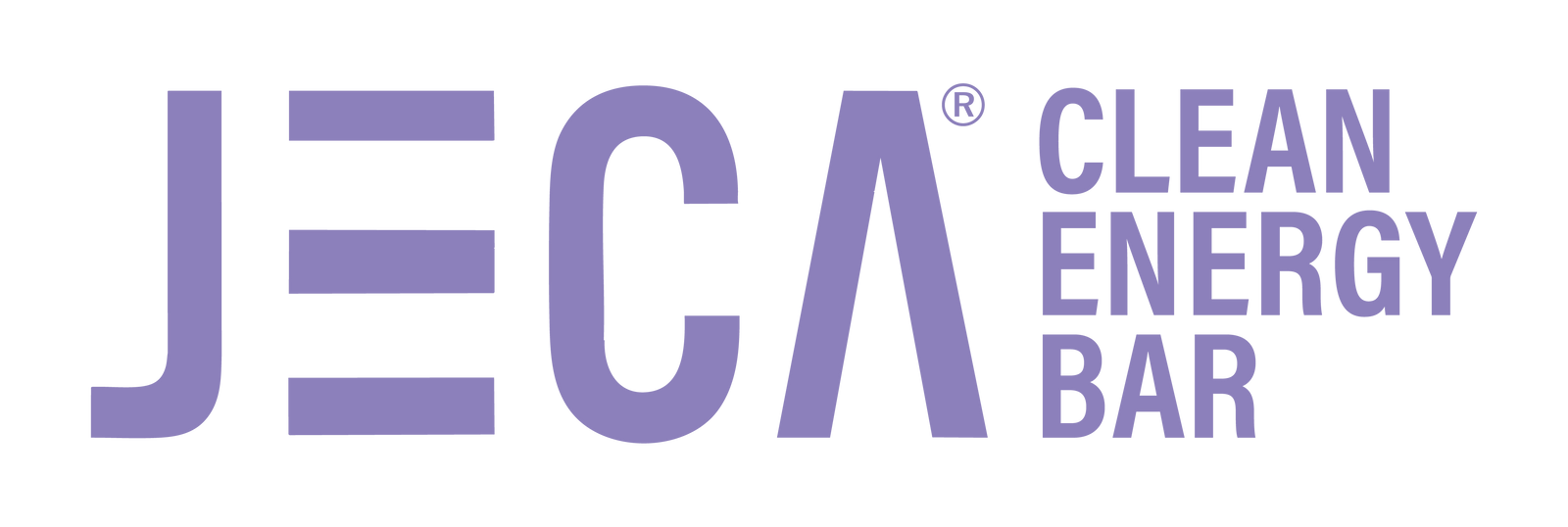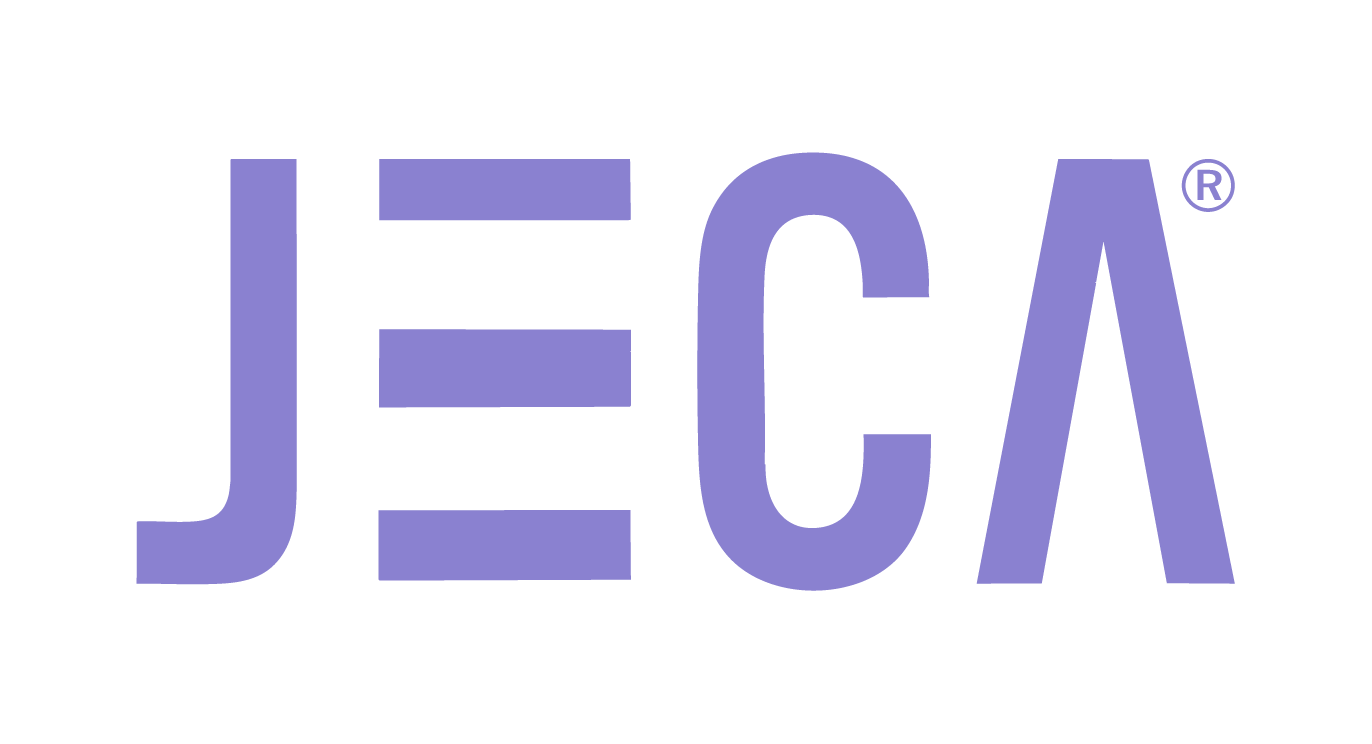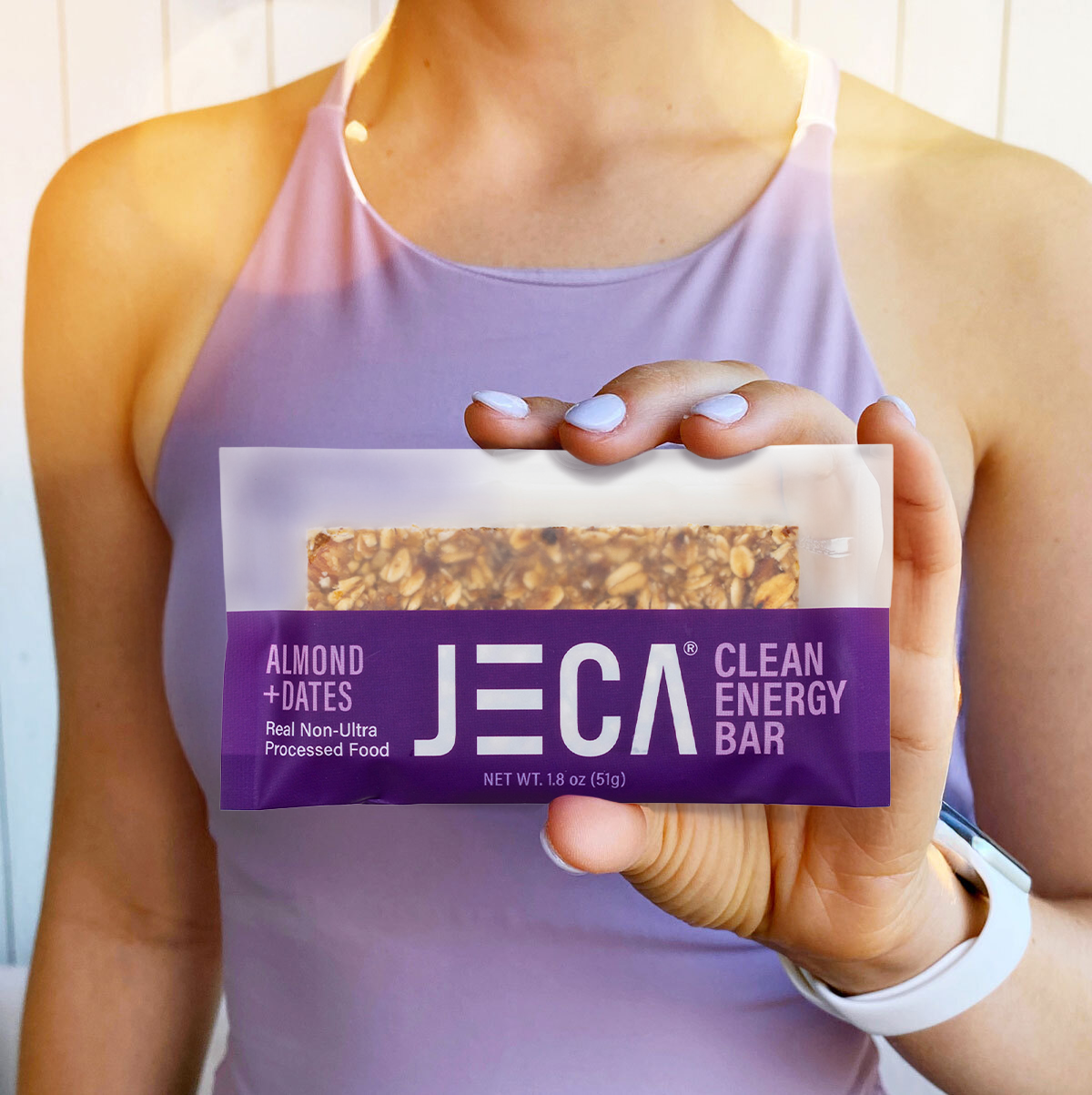Energy bars are considered an acceptable snack or even meal replacement by many. Walk into most convenience stores, gas stations, or supermarkets in America and you will see lots of options of bars from high protein to “healthy” candy-like energy bars. This all seems natural and normal to us.
Energy bars were the creation of the Pillsbury Corporation, who in the 1960s, capitalized on the popularity of the national space program by introducing the Space Food Stick. Since then, energy bars have become their own food type. While the Space Food Stick was more or less a novelty, things exploded in the mid-1980s with the introduction of the first energy bar for athletes, Power Bar.
Since that time the energy bar market has skyrocketed and the statistics are staggering. The current energy bar market in the United States is around six billion dollars and has more than doubled in the past decade. The energy bar sector continues to be red hot and shows no sign of slowing down. For the past ten years, the energy bar market has grown at nearly three times the rate of the packaged foods sector. The USDA estimates that we now get a third of our daily calories from snacks.
Nowadays you can find a bar for everyone, from elite athletes to diet bars for people looking to lose weight. There are high protein bars, vegan bars, all-natural low ingredient bars, and meal replacement bars. Indeed, there’s a bar for everyone. And many of them taste delicious as well. After all, these bars are food – theoretically.











